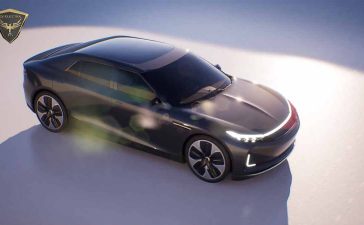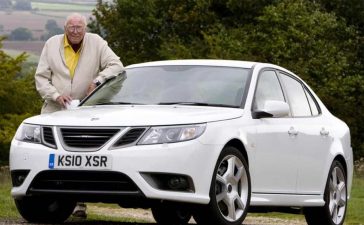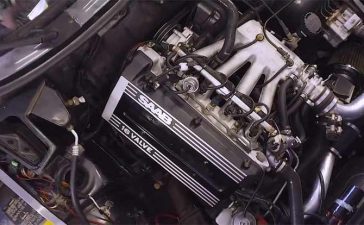Turning its SAAB 9-3 SportCombi into a research platform, Saab has initiated an eight-month field test for its new Driver Attention Warning System.
Using a series of increasingly irritated text and voice messages, as well as vibrations in the driver’s seat cushion, the system aims to mitigate two of the biggest causes of accidents: drowsiness and inattention.
A pair of tiny infrared cameras, one at the base of the A-pillar and the other on the center console, watch the driver’s eyes. When the computer detects a pattern of eyelid movement that seems to indicate the onset of drowsiness — or when the driver’s aren’t watching what they should be — the system triggers its gentle wake-the-hell-up-and-pay-attention message regimen.
Because the cameras are infrared, they work at night, through sunglasses, or through sunglasses at night.
The first text message, delivered with a pleasant chime, is “Tired?” If the system sees no improvement, a voice message comes through the audio system: “You are tired.” If the driver still hasn’t passed the system’s “wide awake” threshold, a louder message is fired off: “You are dangerously tired — Stop as soon as it is safe to do so!” Sleep through that one and you’re on your own.
The cameras also monitor eyeball movement, scanning for inattentiveness. When driver’s gaze moves off the “primary attention zone,” a timer starts a two-count before triggering the vibrating seat, stopping only when the eyes go back to where they should be.
Whether the promise of a vibrating seat actually encourages inattentiveness remains to be seen. And the system does have smarts enough to compensate for the time required to check mirrors and look left or right into a turn.












